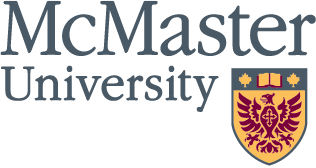December 13, 2002
Posted on Dec. 13: McMaster to construct second temporary classroom
Read More
 Share
Share
SHARE WITH YOUR FRIENDS
Pick one or more destinations:
0
0
0
×
December 13, 2002
Posted on Dec. 13: Community invited to Commonwealth Games bid
Read More
 Share
Share
SHARE WITH YOUR FRIENDS
Pick one or more destinations:
0
0
0
×
December 12, 2002
Posted on Dec. 12: Senate reports on academic dishonesty
Read More
 Share
Share
SHARE WITH YOUR FRIENDS
Pick one or more destinations:
0
0
0
×
December 11, 2002
Posted on Dec. 11: McMaster student receives Lincoln Alexander Award for promoting racial harmony
Read More
 Share
Share
SHARE WITH YOUR FRIENDS
Pick one or more destinations:
0
0
0
×
December 10, 2002
Posted on Dec. 10: McMaster scientists find link between air pollution, genetic mutations
Read More
 Share
Share
SHARE WITH YOUR FRIENDS
Pick one or more destinations:
0
0
0
×

